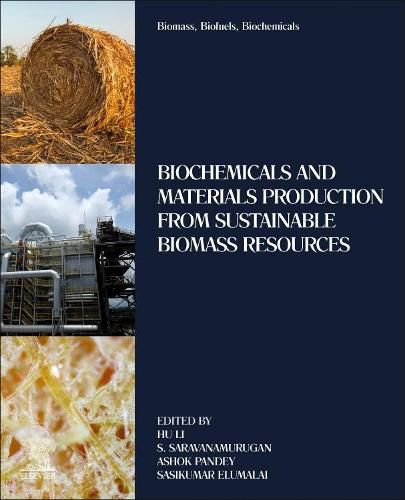Readings Newsletter
Become a Readings Member to make your shopping experience even easier.
Sign in or sign up for free!
You’re not far away from qualifying for FREE standard shipping within Australia
You’ve qualified for FREE standard shipping within Australia
The cart is loading…






Biochemicals and Materials Production from Sustainable Biomass Resources provides a detailed overview of the experimentally developed approaches and strategies that facilitate carbon-based materials and fine chemicals derivation from biomass feedstocks with robust catalyst systems and renewed conversion routes. In addition, the book highlights theoretical methods like techno-economic analysis of biobutanol synthesis. As academia and industry are now striving to substitute fossil-based chemicals with alternative renewable resources, second-generation lignocellulosic biomass which does not depend on the food cycle has become increasingly important.
Lignocellulosic biomass is composed of three major polymeric components - lignin, cellulose and hemicellulose. The polymers can be degraded into monomeric counterparts through selective conversion routes like hydrolysis of cellulose to glucose and of hemicellulose to xylose.
$9.00 standard shipping within Australia
FREE standard shipping within Australia for orders over $100.00
Express & International shipping calculated at checkout
Biochemicals and Materials Production from Sustainable Biomass Resources provides a detailed overview of the experimentally developed approaches and strategies that facilitate carbon-based materials and fine chemicals derivation from biomass feedstocks with robust catalyst systems and renewed conversion routes. In addition, the book highlights theoretical methods like techno-economic analysis of biobutanol synthesis. As academia and industry are now striving to substitute fossil-based chemicals with alternative renewable resources, second-generation lignocellulosic biomass which does not depend on the food cycle has become increasingly important.
Lignocellulosic biomass is composed of three major polymeric components - lignin, cellulose and hemicellulose. The polymers can be degraded into monomeric counterparts through selective conversion routes like hydrolysis of cellulose to glucose and of hemicellulose to xylose.